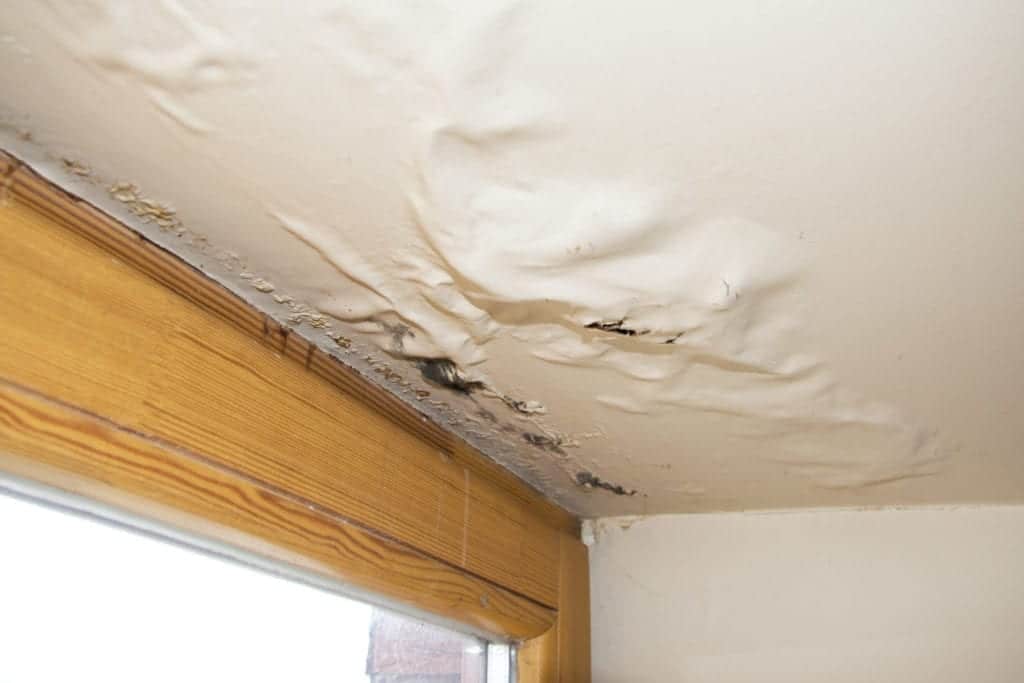Spotting Secret Water Line Leaks: 6 Effective Detection Methods
Spotting Secret Water Line Leaks: 6 Effective Detection Methods
Blog Article
This great article below on the subject of Locating water leaks is pretty much entertaining. Check it out for your own benefit and see what you think of it.

Early discovery of leaking water lines can reduce a possible calamity. Some tiny water leaks might not be noticeable.
1. Check Out the Water Meter
Every house has a water meter. Checking it is a surefire way that helps you find leakages. For beginners, switch off all the water sources. Ensure no person will purge, make use of the tap, shower, run the cleaning maker or dishwasher. From there, most likely to the meter and watch if it will change. Given that no person is using it, there need to be no activities. That indicates a fast-moving leakage if it relocates. If you discover no changes, wait an hour or two as well as check back again. This indicates you might have a slow leak that might also be below ground.
2. Inspect Water Consumption
If you detect unexpected changes, regardless of your usage being the same, it indicates that you have leaks in your plumbing system. An unexpected spike in your bill suggests a fast-moving leak.
At the same time, a stable rise monthly, despite having the very same practices, shows you have a slow-moving leak that's also slowly intensifying. Call a plumber to completely inspect your home, especially if you really feel a cozy area on your flooring with piping below.
3. Do a Food Coloring Examination
30% comes from commodes when it comes to water intake. Test to see if they are running appropriately. Decrease specks of food shade in the storage tank and wait 10 minutes. If the shade somehow infiltrates your bowl throughout that time without flushing, there's a leak in between the storage tank and bowl.
4. Asses Exterior Lines
Don't neglect to examine your exterior water lines too. Test spigots by connecting a yard hose. Should water permeate out of the link, you have a loosened rubber gasket. Replace this and make sure all links are limited. If you've got a sprinkler system, it will certainly assist get it properly checked out and preserved every year. One small leak can waste lots of water as well as spike your water bill.
5. Inspect and Assess the Situation
Homeowners must make it a routine to examine under the sink counters and also also inside cupboards for any kind of bad odor or mold growth. These 2 red flags indicate a leakage so prompt interest is required. Doing routine examinations, even bi-annually, can save you from a major problem.
Check for discolorations as well as damaging as a lot of pipelines as well as devices have a life expectations. If you presume leaking water lines in your plumbing system, do not wait for it to rise.
Early discovery of dripping water lines can minimize a prospective calamity. Some little water leaks may not be visible. Checking it is a proven way that helps you find leaks. One tiny leak can squander heaps of water and also surge your water expense.
If you think dripping water lines in your plumbing system, do not wait for it to rise.
How to Know If Your Home Has a Hidden Leak
Water Meter Reveals Inexplicable Water Usage
If you’d like to test whether or not there’s a leak somewhere in your home, you can do this using your water meter. Here is how to conduct the test:
Don’t use any water in your home for at least 30 minutes; this also means not turning on faucets or water-using appliances.
Go outside, and check your water meter for activity.
If your water meter shows that there was activity, even though no one was using any water, this proves that there is a leak in your home.Visible Mold or Mildew Growth
Leaks behind walls create moist, dark environments that allow mold and mildew to grow and thrive. Eventually, you might see mold growth forming on the wall closest to a hidden leak.
If mold is growing in an area that receives a high amount of moisture, such as a bathroom, it may simply be an indication that better ventilation is needed. However, if you see mold growth on a wall or the ceiling in an area where you would not expect, you probably have a hidden leak.
Musty, Mildew Odor
Sometimes you might not be able to see the mold or mildew that is growing as a result of a leak. However, the smell can give the problem away just as easily. If you catch a whiff of something musty, there’s a good chance that old water is collecting somewhere in your home that you can’t see.
Stained/Warped Walls, Ceilings, or Floors
When your home soaks up water, a variety of red flags can become visible, including ceiling stains, bubbling drywall, warped walls, and sagging floors. While these issues can be caused by excess humidity, they can also be signs that a pipe or plumbing connection has started leaking behind your walls.
Inexplicably High Water Bill
After a while, you get a general sense for what your water bill should be. If you own a pool or sprinkler system, your bill will tend to be higher during summer. However, if you receive a water bill that seems especially high, and you can’t figure out what caused it, then you may have a hidden leak somewhere that’s increasing your bill.
https://www.plumbingjoint.com/blog/2019/july/how-to-know-if-your-home-has-a-hidden-leak/

Hopefully you enjoyed our excerpt about Finding hidden leaks. Many thanks for taking a few minutes to read our article post. Do you know another individual who is truly interested in the topic? Take a moment to share it. I thank you for reading our article about Leaking water lines.
End your worries, dial! Report this page